Heavenly flavors from one of the most picturesque small towns in Sicily.
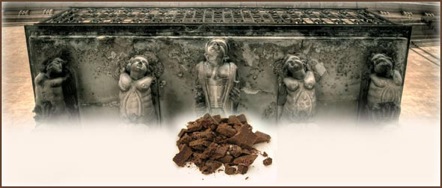
If the religious value of all the members of a congregation were measured in terms of quantity of built churches, surely the province of Ragusa (Sicily) conquers the top position in Italy. Also Modica, in the province of Ragusa, and particularly the lower part of the town (the most ancient) shows off a vastitude of stately churches and cathedrals. Some of them were left unfinished such as the church “ Madonna delle Grazie” of which nobody knows why. Modica is among the most picturesque small town in Sicily. It is situated in the South area of the Iblei Mountains and it has made up by two different original zones. These are Upper Modica, whose buildings and houses seem to climb up the rock of the mountain and to create an unusual Christmas crib; and Lower Modica, prevalently baroque, at the foot of the valley where once flowed the rivers of “Janni Mauro” and “ Pozzo dei Pruni”, but because of the frequency of floods of rain in that area they were covered and left place to the “ Corso Umberto”, which is the main road and historical site of the town.
What makes Modica so unique and fascinating is not only, I dare say undoubtedly, the baroque style so rich in the historical centre and in the urban areas; but as well as the maze of small houses, narrow streets and large stairs which recall the medieval center of the town all wrapped around the spur of the hill “Pizzo”, and on which rose an inaccessible Castle. Modica is an unexpected surprise. It’s a weird effect, unique, something unreal, it’s like an immense edifice made of layers of houses, instead of plans, where towering steeples are silhouetted from. The churches don’t look out over the squares, as usually we are use to seeing, but they rise on impressive staircases shaped on the slopes of the hills.
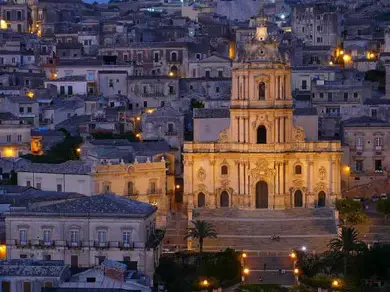
In the course of time numerous representations of the town were coined, such as:
- Modica, “ Town of hundred churches”, according to the count of the historian F. L. Belgiorno.
- Modica, the town of Salvatore Quasimodo, writer and Nobel Prize for Literature in 1959, and of Tommaso Campailla as well, a scientist and philosopher in the 700.
- City of the famous bridge, one of the highest in Europe, which dominates the entire town, and joins the old and the new Modica.
- Modica “ Castle Town”, even though only a tower of the eighteenth century and, more recently, a clock are the remains of it. They both symbolize the city.
- “Town of the two towns,” Upper Modica and Lower Modica.
- The town of delicious pastries, typical food and beautiful sea and countryside.
- The town of the Baroque and of the County. In fact, they testify the splendour and historic importance of the town in past time, when it was among the most beautiful and powerful in Sicily. The Spanish invasion lasted nearly seven centuries and has left a strong mark in the dialect, in the gastronomic tradition, monuments, architecture and, of course, in Baroque whose roots are in Spain. A noticeable sign, surely, remained impressed on the character and personality of the local people, that together with other signs left by other invaders, moulded the Sicilian’s identity.
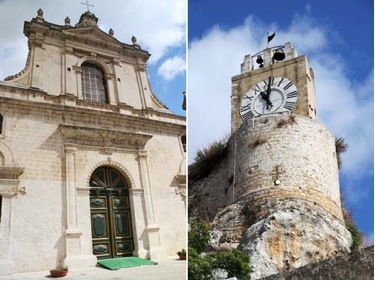
As aforementioned, Modica is the town of the pastries, but above all is well known for the production of its unique chocolate, manufactured according to an ancient Aztec recipe dating back to 1753, when Spain still reigned over Sicily. It has been during their domination that the Spaniards introduced in Sicily and especially in Modica the method of making chocolate they had learned from Aztecs. The Aztecs made the chocolate by using a special stone rolling pin which needed to grind the cocoa seeds on a curved stone (called “Metate”) placed over two stone bases. Then, the cocoa flour produced was mixed with spices and rubbed on the metate until it hardened. Even today many artisans manufacture the chocolate with the same ancient technique and ingredients. The process is totally handmade and low temperature thus to prevent the organoleptic alteration and the loss of the components of cocoa. This method avoids the cocoa from blending with the sugar, so getting a fondant chocolate, slightly grainy, with no added vegetable fats, and not subject to melt between the hands as often it happens at summer time. And furthermore the palate can clearly distinguish the three elements : cocoa, sugar and spices (which in the traditional recipe are cinnamon or vanilla).
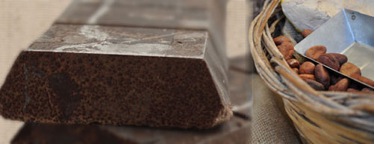
A famous writer Leonardo Sciascia wrote about it: “…the flavour of Modica’s chocolate is reminiscent of Alicante’s (and I don’t know which other Spanish towns of ). Two types of fondant chocolate – vanilla and cinnamon – to be eaten in squares or melted in a cup: the flavour is so incomparable that who tastes it feels to have reached the archetype, the absolute, and the chocolate produced elsewhere – even the most famous – seems to be an adulterated or corrupted version…”. Lately the Ministry of Agriculture and the European Commission are working to recognize the Modica chocolate as PGI product (Protected Geographical Indication).
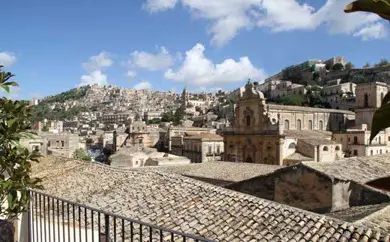
Surely it’s not sufficient in one writing to describe Modica, because every church, every corner of it deserves a chapter of its own book. One even needs to savour its chocolate for enjoying the aroma and flavour, nevertheless (as I always write) I hope I have succeeded in getting your curiosity at least. A last thing…if you one day visit Modica, you will also find it to be of very good people…it’s not only my opinion!
Writing by: Rosario Scafaro
Credits:
Some photos by:
Stefano Mattia: http://www.stefanomattia.it
Ezio Zigliani: http://www.eziozigliani.it
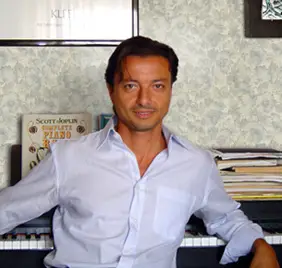
Rosario Scafaro is a guest contributor for Italia Living.